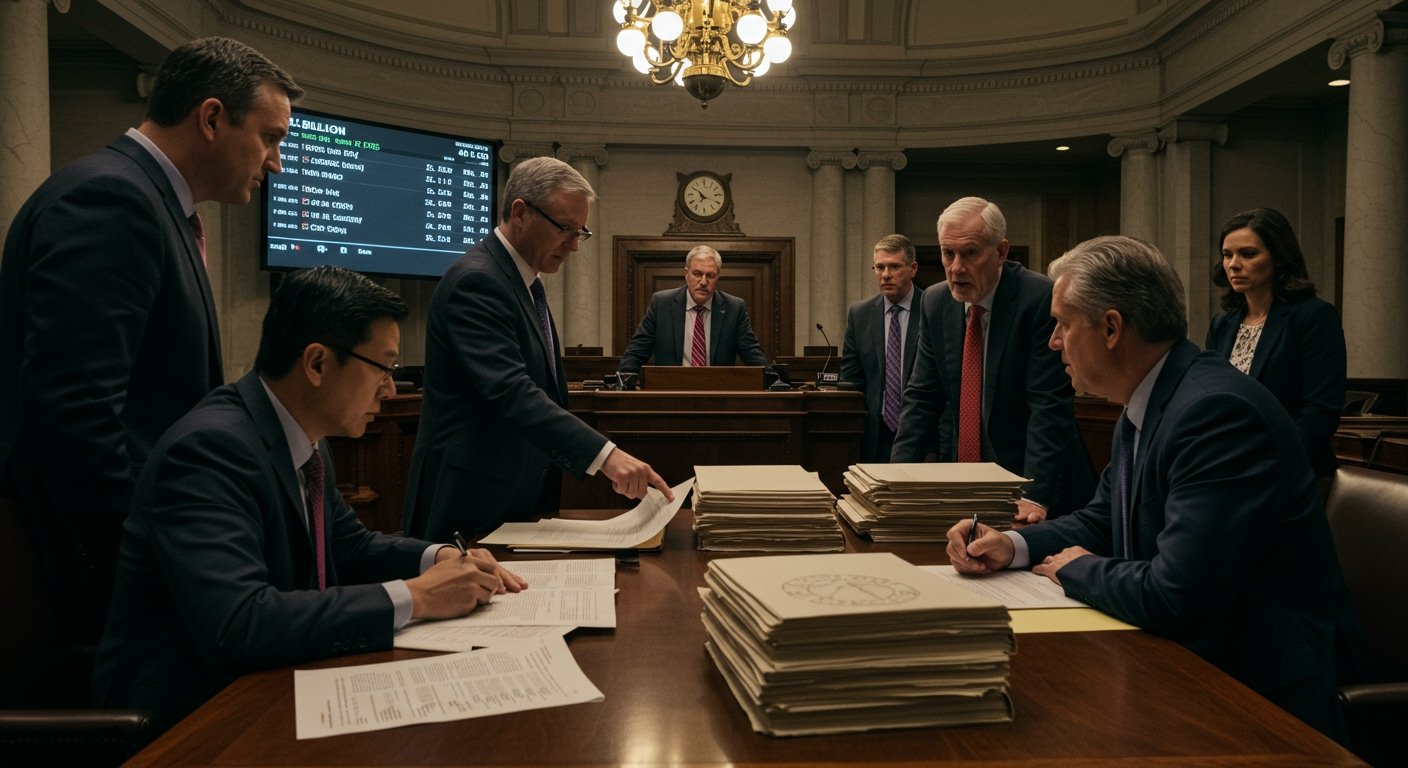Portland, Oregon – Governor Tina Kotek has issued an executive order mandating a prohibition on student cellphone use across Oregon’s public schools. The directive, signed on July 2, 2025, requires the state’s 197 school districts to adopt policies banning student use of personal mobile devices during school hours. Districts must have their policies in place by October 31, 2025, with full implementation across all affected schools scheduled for January 1, 2026.
Policy Background and Context
Governor Kotek’s executive action follows the failure of legislative efforts aimed at achieving a similar outcome. House Bill 2251, described as a similar bipartisan bill, did not pass during the most recent legislative session. The inability of lawmakers to reach consensus on the issue appears to have prompted the Governor to utilize executive authority to enact the statewide ban.
Supporters of the ban, including the editorial board of The Bulletin, have voiced strong support for Governor Kotek’s decision. An editorial published in The Bulletin specifically stated its belief that the Governor was right to issue the school cellphone ban, characterizing the action as necessary following the legislative impasse.
Rationale Behind the Ban
Proponents of banning cellphones in schools, a group that includes the editorial board of The Bulletin, argue that the pervasive use of these devices contributes significantly to challenges within the educational environment. Their arguments center on several key areas: student mental health, school safety, and academic distraction.
Concerns have been raised that constant connectivity and social media access via cellphones during the school day can exacerbate mental health issues among students. Furthermore, proponents contend that unrestricted cellphone use can compromise school safety protocols, potentially interfering with communication channels or creating vulnerabilities during emergencies. Critically, a frequently cited argument is that cellphones are a major source of distraction, pulling students’ attention away from classroom instruction and learning activities.
These positions, according to proponents and the editorial, are supported by existing research and feedback gathered directly from teachers who witness the impact of cellphone use in their daily interactions with students.
Implementation Timeline and Scope
The executive order lays out a clear timeline for implementing the new policy. As issued on July 2, 2025, it sets an initial deadline of October 31, 2025, for all 197 school districts in Oregon to develop and formally adopt their specific policies regarding the cellphone prohibition. This allows districts a defined period to draft regulations that align with the executive order while potentially addressing local needs.
The statewide ban is then slated for full implementation beginning January 1, 2026. From this date forward, student use of cellphones during school hours is expected to be prohibited across all public K-12 institutions within the state. The order places the responsibility for enforcement and specific policy details within the purview of the individual school districts, provided their regulations meet the executive mandate of prohibiting student use.
Editorial Perspective and Support
The Bulletin’s editorial represents a significant voice supporting the executive order. The editorial board’s perspective, as articulated in their piece, is that Governor Kotek’s move was not only correct but also a necessary intervention following the legislature’s failure to pass House Bill 2251. This stance underscores the view that the issues linked to student cellphone use in schools – mental health impacts, safety concerns, and learning distractions – are pressing problems requiring decisive action.
The editorial likely echoes the arguments of proponents, highlighting the evidence from research and the practical experiences shared by teachers as justification for implementing a statewide ban. It frames the executive order as a positive and essential step towards improving the educational environment and student well-being across Oregon.
Governor Kotek’s executive order initiates a significant shift in technology policy within Oregon’s schools, reflecting a growing concern among educators, policymakers, and some parents regarding the role of personal devices in the learning environment. Its success will likely depend on effective policy development and implementation by the state’s 197 school districts over the coming months.




